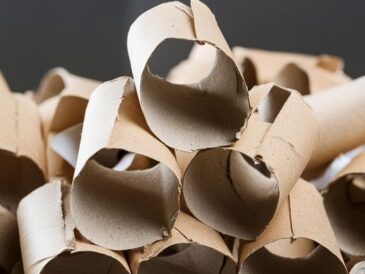Wooden furniture, cherished for its timeless beauty and durability, can lose its luster over time due to wear, exposure to sunlight, and everyday use. While there are many products available to restore the shine and appeal of wooden pieces, one often overlooked but highly effective method is the use of bleach. This article will explore why bleaching wooden furniture is a valuable technique for restoration and how it can revive the natural beauty of your wooden furniture, making it look as good as new.
1. Understanding the Benefits of Bleaching Wooden Furniture
Bleaching is a powerful method to rejuvenate wooden furniture for several reasons:
- Restores Natural Color: Over time, wood can darken, especially when exposed to sunlight. Bleaching helps lighten the wood, bringing it closer to its original color.
- Removes Stains: Stubborn stains, including ink, food, and watermarks, can penetrate deep into the wood grain. Bleach effectively removes these stains, improving the appearance of the furniture.
- Evens Out Tone: Wood naturally has variations in color, which can become more pronounced with age. Bleaching evens out these tones, providing a more uniform look.
- Prepares Wood for Refinishing: If you plan to refinish your furniture, bleaching provides a clean, neutral surface that’s easier to work with.
2. Types of Bleach for Wood Furniture
There are different types of bleach that can be used on wood, each serving a specific purpose:
- Chlorine Bleach: This is the common household bleach. It is effective in removing stains but not in lightening the natural color of the wood.
- Oxalic Acid: This bleach is best for removing rust stains and watermarks without affecting the wood’s natural color.
- Two-Part Wood Bleach: This is a combination of sodium hydroxide and hydrogen peroxide. It’s the most effective for lightening the natural color of the wood.
3. How to Bleach Wooden Furniture: Step-by-Step Guide
If you’re considering using bleach to restore your wooden furniture, here’s a simple guide to get started:
Materials Needed:
- Protective gloves and goggles
- Drop cloth or newspaper
- Soft cloths
- Fine-grit sandpaper
- The appropriate type of bleach for your wood
- Neutralizing agent (like vinegar for oxalic acid or water for chlorine bleach)
- Wood finish or sealant
Steps:
TO CONTINUE READING THE ARTICLE PLEASE GO TO PAGE 2




